'Waking feeling emotionally drained' - bad bedroom Feng Shui explained
From the ‘corpse position’ to metal headboards, one expert explains what is bad Feng Shui for a bedroom so you know what to avoid and why
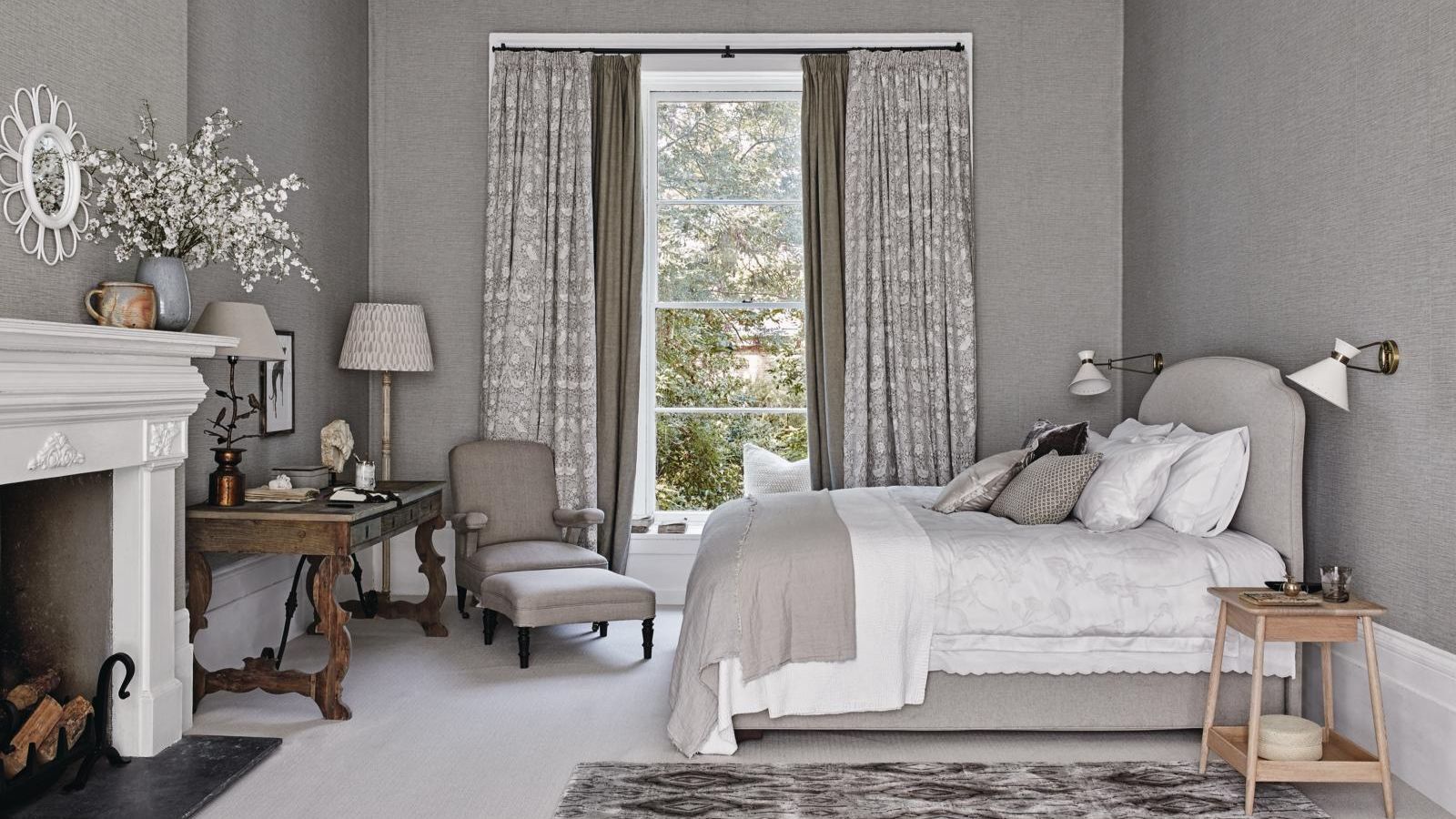
The Feng Shui philosophy dates back thousands of years, and incorporates yin/yang theory, landscape, and a building’s placement in time and space. In its purest form, the process tunes into the unique energy of a building and the land on which it sits to encourage the flow of positive life force energy (or Chi) into the home and lives of the people who live there.
Feng Shui can be used at a macro level for the entire home, or a micro level for a room or even a desk. The principles remain the same; the space is divided into a grid of nine equal areas (imagine a tic-tac-toe game) with each area relating to a specific part of life including relationships, career, wealth, health, family, helpful friendships, learning/spirituality, reputation and new opportunities.
But while Feng shui can be a great way to organise your bedroom, it can be done incorrectly. There's such a thing as bad Feng shui, and it can be most apparent in a bedroom. If the Feng shui isn't right, your bedroom might feel cluttered and stressful, impacting on your sleep.
Sometimes sleeping on the best mattress just doesn't cut it. We asked Feng Shui and interiors therapy expert Suzanne Roynon to explain the ins and outs of Feng Shui in the bedroom, so you can harness the power of positivity the right way.
1. Not placing the bed in the command position
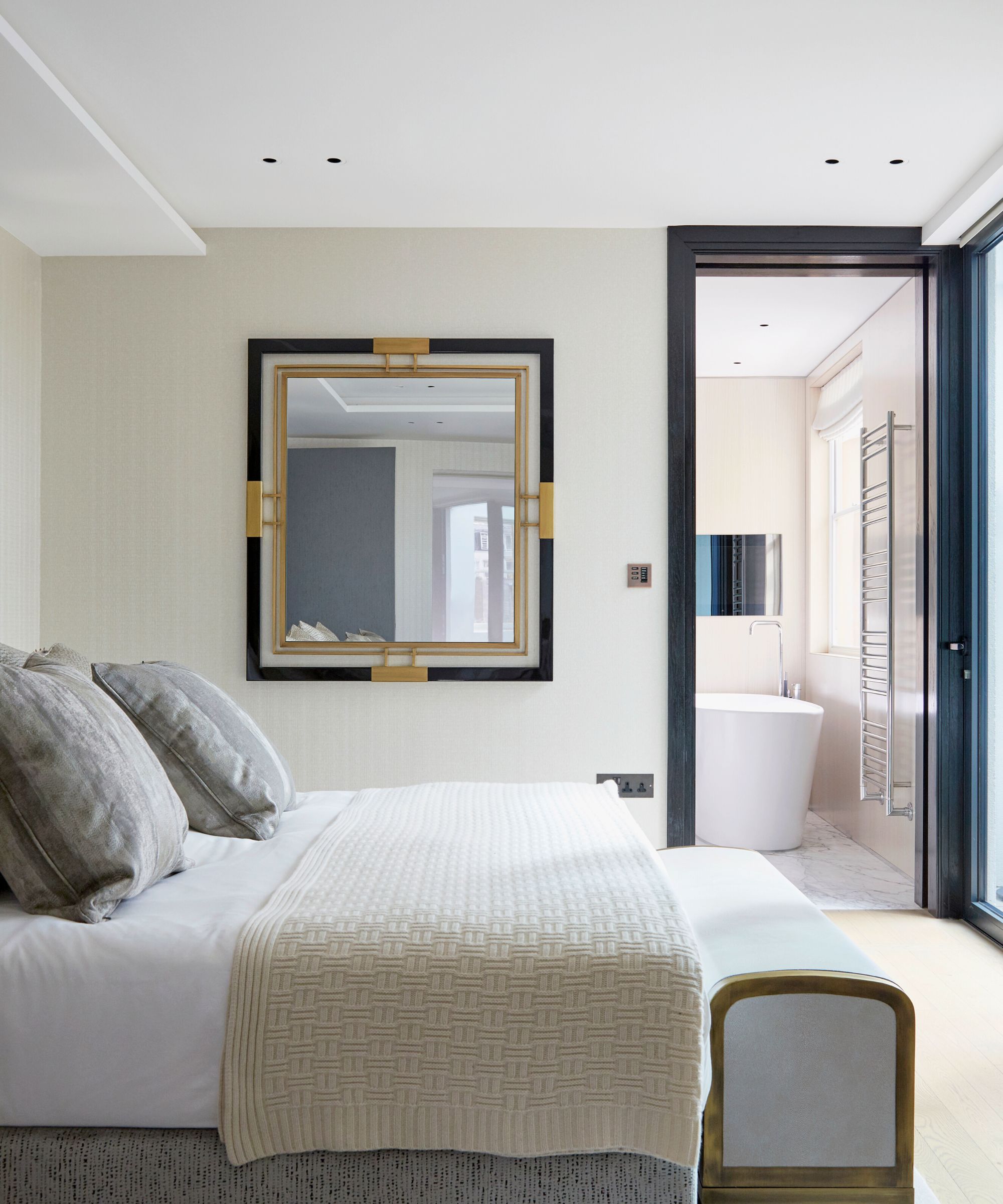
‘Feng Shui is about connecting to the energy of the home, and the bedroom is a place where we need to feel grounded and at ease, so everything begins with the position of the bed,’ explains Suzanne Roynon.
‘Ideally, you would be able to see the door from what we call ‘the command position’ which means you are immediately aware of anyone coming into the room and have visual control of the space.’
If the door is out of the sight line, Suzanne suggests positioning a mirror angled to reflect the door will increase the sense of security. This mirror should never reflect the bed - Suzanne explains why below.
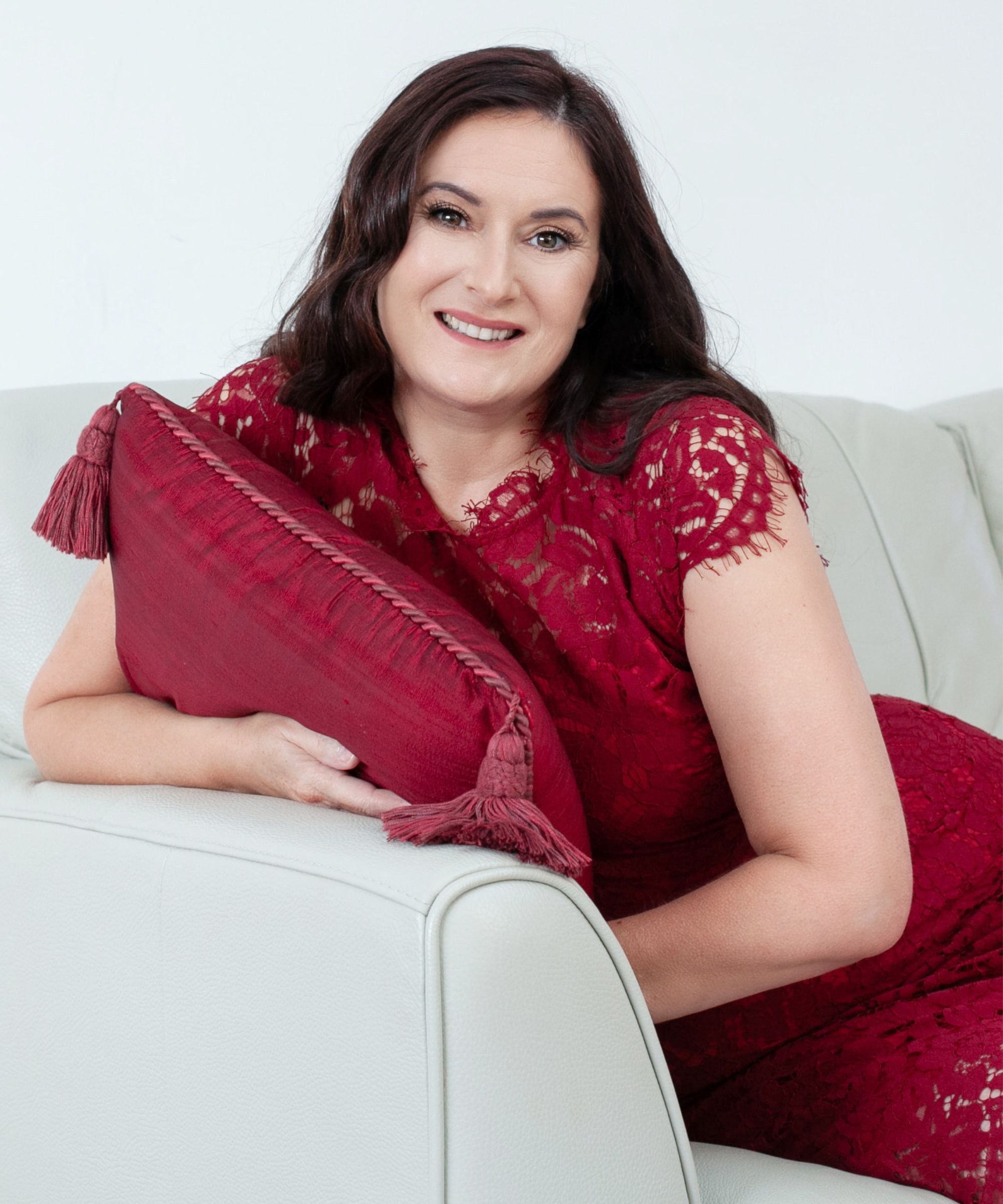
Suzanne is an Interiors Therapist, Feng Shui consultant, and author of Welcome Home: How Stuff Makes or Breaks Your Relationship. She specializes in understanding the energetic impact of homes and certain possessions may have on all aspects of life, health and relationships, and the ways in which ‘stuff’ can prevent people and families from thriving and enjoying the lifestyle they deserve.
2. Putting one side of the bed against a wall
If you share a bed - and even if you don’t - be sure to have equal space on both sides of the bed rather than pushing it against a wall. This will provide a sense of balance and equilibrium for the sleeper. Matching nightstands and lamps take this a huge stride further to enhance the harmony in a relationship.
The challenge is that many bedrooms really only have one position for the bed, and it’s not always supportive to the Feng Shui. In this situation, Suzanne Roynon says it’s important to use the energy of the space in the most supportive way possible.
3. Using the ‘corpse position’
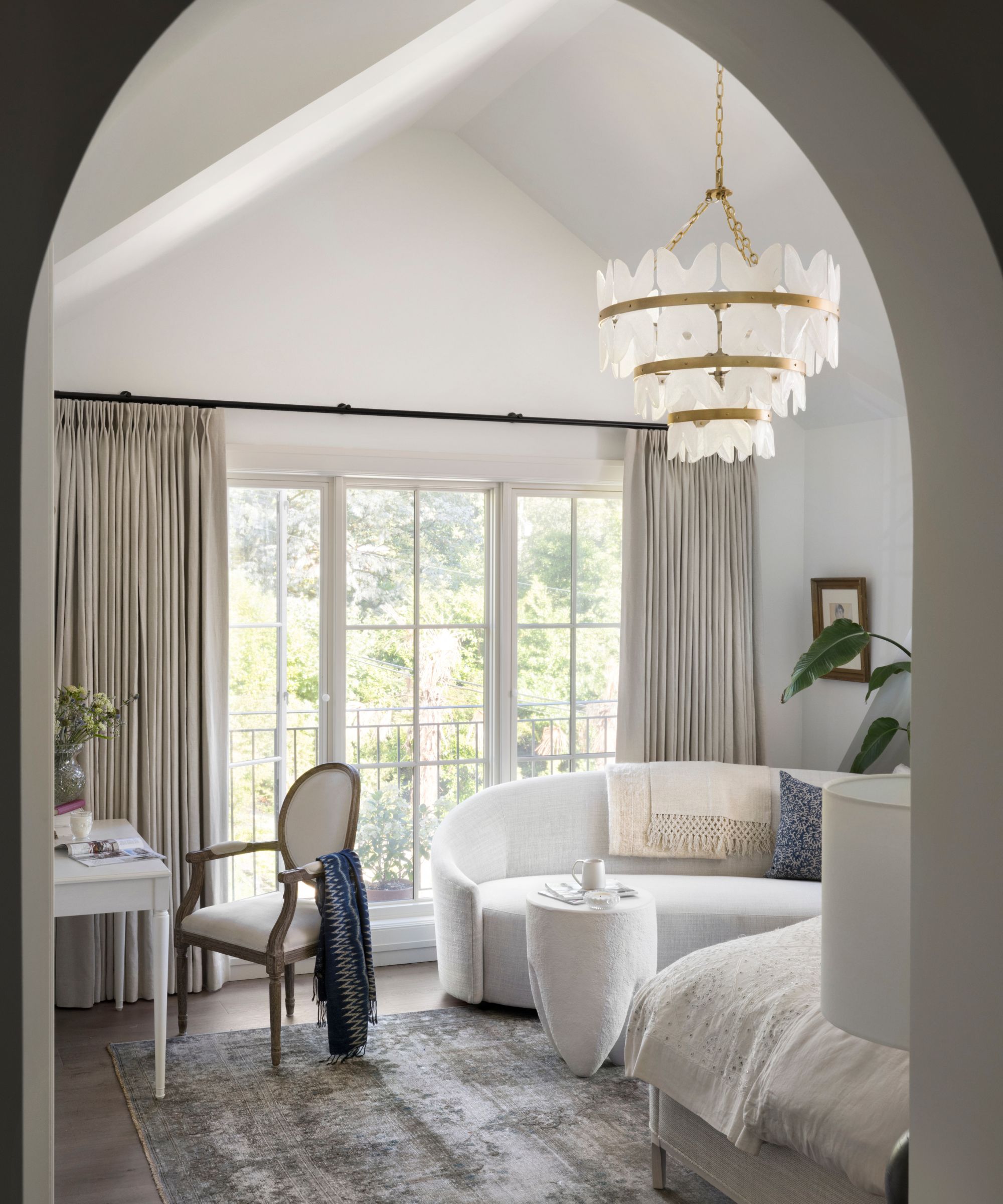
You might have heard of the ‘corpse position’ being the worst option in a bedroom. This is where the foot of the bed is directly aligned with the door. The idea is that ‘whilst "corpse" is a strong word to use, sleeping in this location can cause the body’s chi to be drawn out through the door during sleep, which means waking feeling emotionally drained or physically exhausted,’ explains Suzanne.
‘If room allows, position a piece of furniture between the end of the bed and the door to protect the sleeper. If that’s impractical, experiment with a circular rug to divert the flow of chi energy back into the room.'
4. Metal or perforated headboards
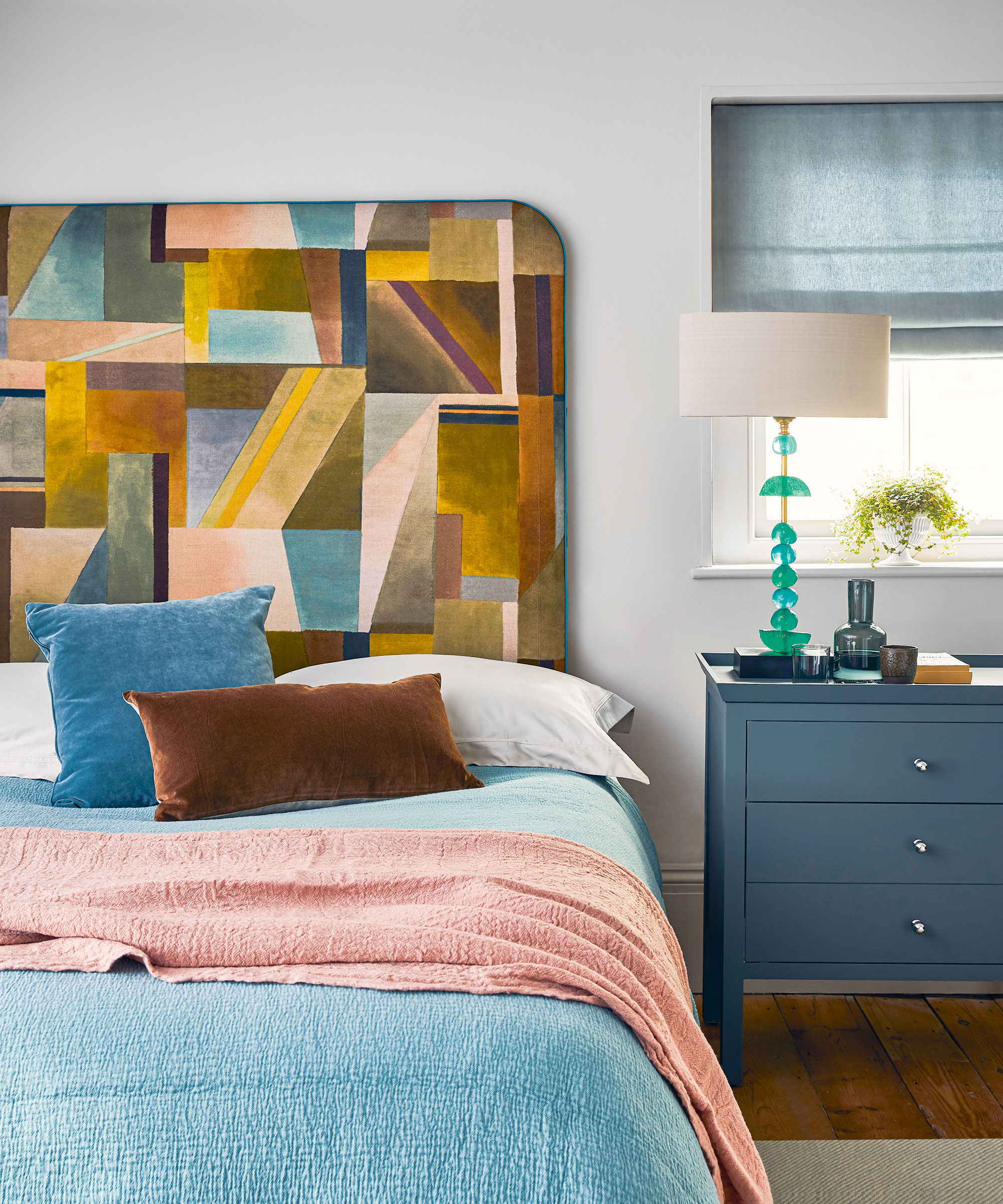
Choose a firm but comfortable headboard. This is regarded as essential for revitalising sleep, according to Suzanne.
She says: ‘Feng Shui discourages metal or perforated headboards as they don’t provide the sense of invulnerability for the head and neck which is experienced with a strong wooden or padded option.’
5. A mirror opposite the bed or facing a window
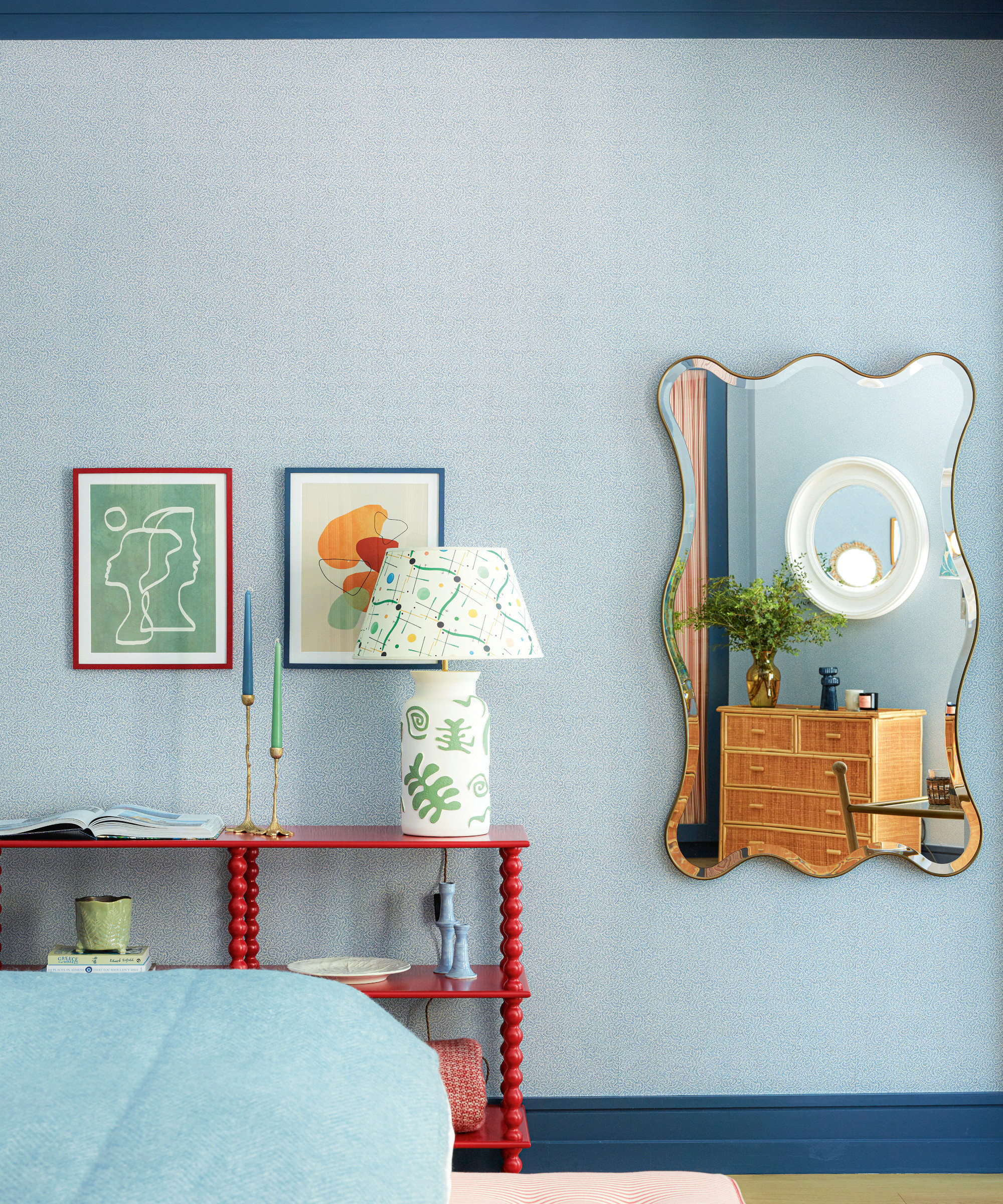
It’s important to remember to carefully position mirrors in a bedroom. Suzanne explains that ‘the key Feng Shui aspects to consider are that a mirror never reflects the sleeper in bed. There are many reasons for this, the simplest being that it can frighten a sleepyhead who sees a reflection on waking in the night, causing a disturbance to rest and making the heart beat faster.’
She continues: ’It’s also preferable not to have a mirror facing a window as this can bounce positive energy out of the space. So where do you put the mirror? It can be a bit of a conundrum, so use the bed as your starting point. If you can’t see yourself in the mirror when you are lying or sitting in bed and it’s not directly reflecting the window, that’s going to be preferable.’
6. Sleeping under a beam
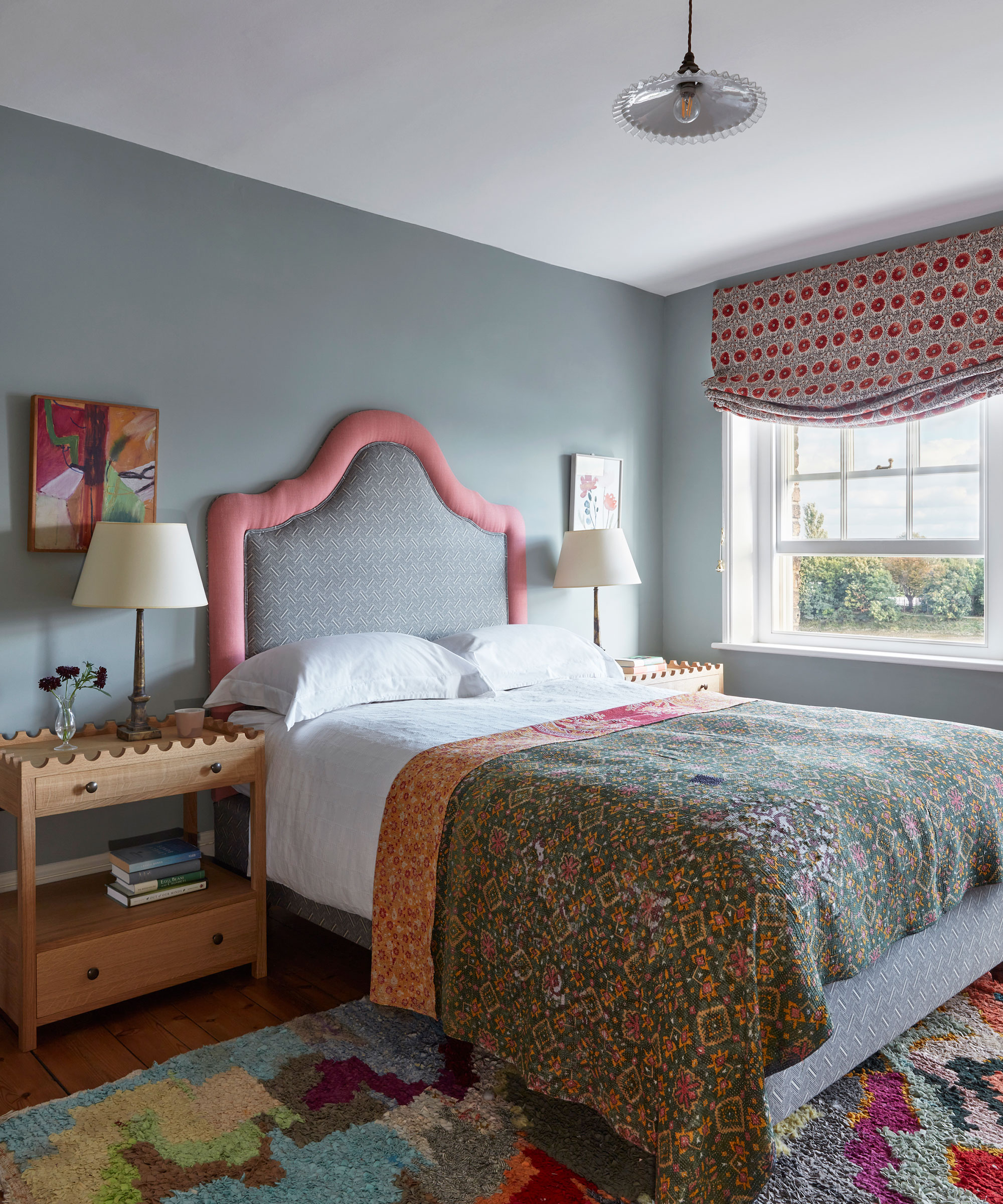
Try to avoid sleeping under a beam. Why? ‘Because beams exert downward pressure on the body beneath,’ says Suzanne.
‘So, for example, if a beam runs horizontally across a bed, depending which bits of the body are underneath it, you might experience health problems with knees, abdomen, chest or head.
‘A beam running vertically down the length of a bed may impact one sleeper causing chronic illness while the other stays fit and well. If the beam bisects the sleepers, that can lead to distance in a marriage or even relationship breakdown.’
Whilst beams are most problematic in a bedroom because of the amount of time the body is dormant there, if they overlay a sofa or office chair, you are likely to experience head, neck, shoulder and back pain. ‘Move out from under them,’ states Suzanne.
7. Large chandelier pendants over the bed
Similarly, chandeliers may exert heavy downward pressure on a sleeper and light shades with a downward point or pyramid can result in pinpoint cutting chi impacting the sleeper.
‘This can be very disconcerting and fracture quality sleep,’ says Suzanne.
Choose wall sconces or matching table lamps on each side of the bed for ambient lighting that’s also relaxing.
8. Artwork that depicts water
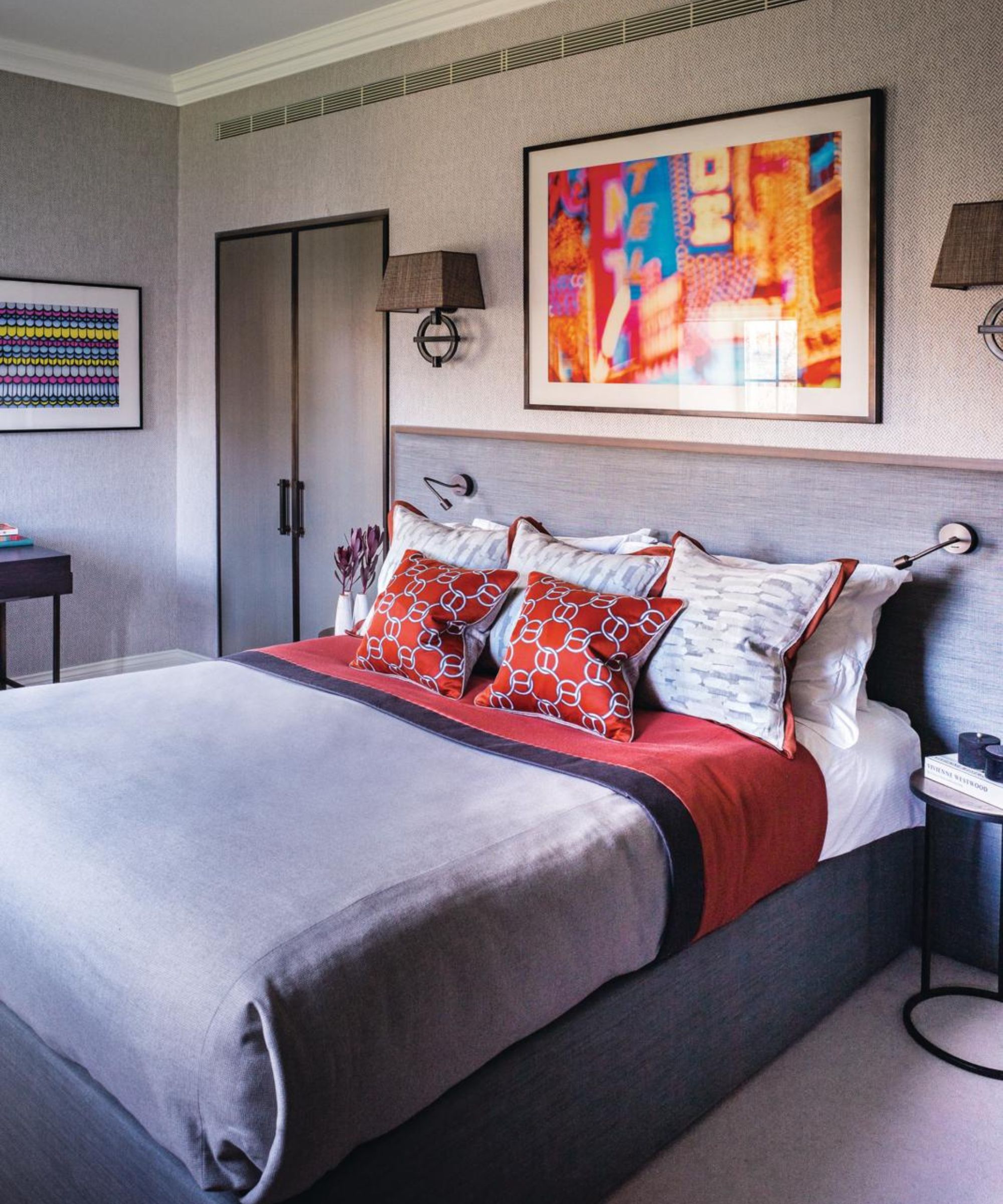
While artwork can elevate a room as well as add depth and color, in Feng Shui watery images are discouraged. The theory is that 'pictures of stormy or still water are unhelpful because they heighten emotion and may trigger outbursts of distress or arguments.’
Suzanne adds that in her reading of Feng shui, you should ‘never have photos of family and friends in the bedroom, or indeed anyone other than yourself with your significant other. If you’re single and would love to share your life with a special someone, choose art that shows the sort of relationship you are interested in developing.’
9. Tech or work related products in the bedroom
A bedroom’s main purpose is rest, romance and relaxation, and Feng Shui would always treat the bedroom as a sanctuary for its occupants.
‘It’s not a library, workspace, gym or tech hub so don’t treat it that way,’ says Suzanne. ‘Keep only the book you are currently reading in the room – a pile of books beside the bed suggests they are more important than your relationship – with yourself or anyone else. A pile of dusty books is not conducive to restful sleep.
‘If you’re obliged to use your bedroom as an office for remote working, put everything away at night so there are no visual reminders of the day job. It goes without saying that tech in the bedroom, even a TV is very bad news for quality sleep and wellbeing. Blue light and those annoying red standby lights mean your brain is also ‘on standby’ all night.’
10. Leaving your bedroom full of clutter
‘Clutter harms health, sleep, relationships and every aspect of life,’ says Suzanne. ‘Feng Shui is all about a positive flow of energy around a home and within each room. If the flow is blocked by clutter or surplus possessions, it will have a detrimental effect on the people who live with it.’
She continues: ‘Essentially, to get the best from Feng Shui, you make space for all the positive chi to reach you, and that really begins with ditching everything you don’t use, need or love. That's not just trinkets or piles of laundry. Suzanne adds that this includes 'items that might not traditionally be regarded as ‘clutter’ but make you feel sad, unworthy, resentful or any other negative emotion.’
Suzanne encourages recycling and putting items back into the circular economy. The idea goes far beyond simple decluttering - it’s changing your perspective by using Feng Shui techniques for a permanent ‘clutter free’ lifestyle to create a happier, healthier, wealthier and more loving home.
Feng shui FAQ
Is Feng shui real?
There's no evidence that Feng shui works, but many people find organising their bedrooms according to Feng shui helps them to relax and feel less cluttered.
If you don't think Feng shui works for you, there are other ancient philosophies out there that you can incorporate into your room design. For example, vastu shastra is an Indian design philosophy with very different ideas for a relaxing bedroom.
Sign up to the Homes & Gardens newsletter
Design expertise in your inbox – from inspiring decorating ideas and beautiful celebrity homes to practical gardening advice and shopping round-ups.
Ruth Doherty is an experienced digital writer and editor specializing in interiors, travel and lifestyle. With 20 years of writing for national sites under her belt, she’s worked for the likes of Livingetc.com, Standard, Ideal Home, Stylist and Marie Claire as well as Homes & Gardens.
-
 How to grow crepe myrtle in pots – and transform even the smallest of yards with dazzling flowers this summer
How to grow crepe myrtle in pots – and transform even the smallest of yards with dazzling flowers this summerGrowing crepe myrtles in pots will inject splashes of brilliant color into your outside space
By Thomas Rutter Published
-
 I've spent over 200 hours testing vacuums and swear by my two Dysons – this is how I properly clean a Dyson vacuum filter for longer-lasting appliances
I've spent over 200 hours testing vacuums and swear by my two Dysons – this is how I properly clean a Dyson vacuum filter for longer-lasting appliancesYour Dyson vacuum will last much longer and clean at its best
By Dan Fauzi Published